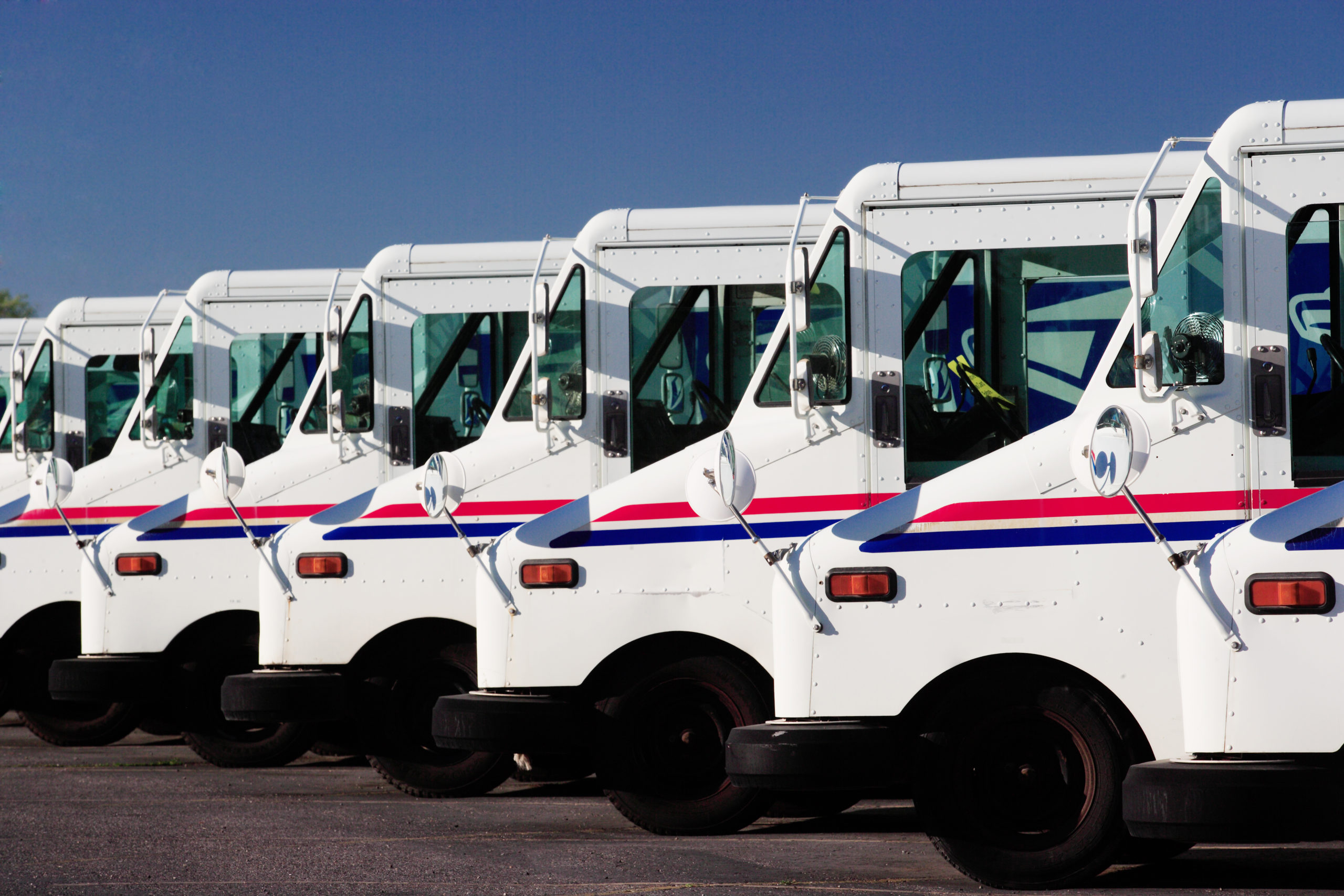I just called the post office and was told that mail trucks do not have cup holders.
Because people care a lot about their car’s cup holder, my postman will be especially happy that they will be required in the mail trucks that the U.S. Postal Service will soon order. Crevice elimination is also on the list since letters are getting lost in “hard to access” cracks.
Where are we going? To how mail trucks provide insight about USPS problems.
Mail Truck Problems
The current mail truck fleet lacks air bags, air conditioning, shoulder seat belts, back-up cameras and anti-lock brakes. For gas, trucks average nine miles a gallon. Although some of its pricier vehicles can run on alternative fuels, most do not because of the expense and lack of alternative fuel availability where the trucks are located. Purchased approximately 25 years ago for carrying letters, today’s mail trucks are not set up for the packages that increasingly dominate their business. With inappropriate (if any) shelving and inadequate headroom for postal workers who need to stand as they organize packages, the rear of the truck constrains productivity.
So, unable to postpone the inevitable and what it cannot afford, the USPS has said it will buy 180,000 vehicles. First though, they have to determine who is qualified to bid. Then those firms will submit design alternatives, prototype contracts will be awarded, and one will be selected. 2018 is the target date for deliveries.
The new truck could look like this:

With these specifications:

I wonder whether the truck is our metaphor for the problems that plague the postal service.
Our Bottom Line: Productivity
Outdated, old and tired, the mail truck is inappropriate for its current cargo. It reflects a lack of innovation, of money, and the productive techniques employed by firms in the private sector that optimize the number of packages drivers deliver daily. And yet, it will take at least three years to replace it.
The problems faced by the entire USPS are rather similar.






